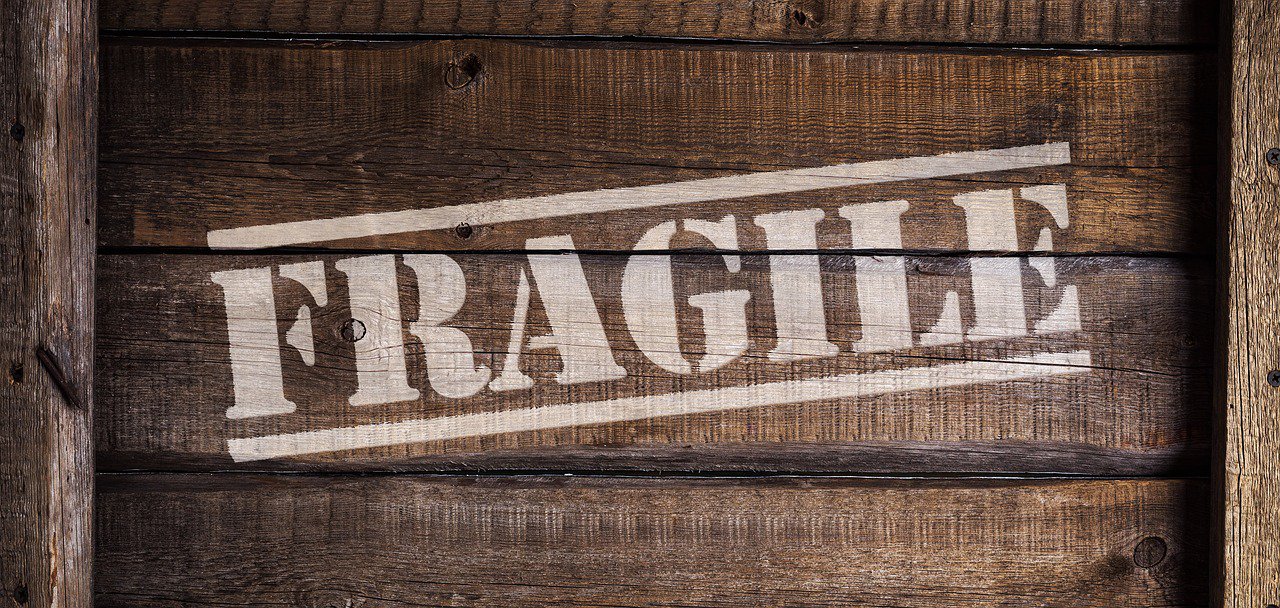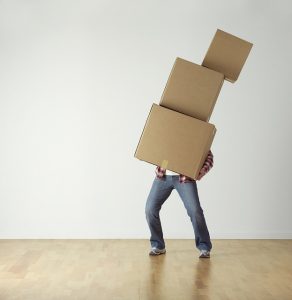So, if you’ve achieved your goal of buying a house in Arizona or any other place you had in mind, you know what your next step is: moving. Although we suggest leaving packing to the pros, we know there are lots of DIY movers who want to do the task. This article includes a list of things that are fragile and are common in our homes. This way you’ll be able to pay special attention to those fragile objects and avoid breaking them during the moving process.

There’s no doubt that there are several fragile items in your home, but they’re all different which also means different packing. This is why we’ve got some tips on how to protect those things that break easily.
Things That Break Easily When Moving
Besides finding out moving tips and tricks, you need to keep in mind the list of fragile things you probably have at home and need to keep safe during the moving process.
1. Mirrors
We start our list of fragile things with mirrors, an object that is certainly present in all homes. In order to protect them, use a flat box or a custom wood crate to provide extra protection. To create a padded bed for the mirror, line the flat box with crushed packing paper. Don’t forget to use multiple sheets of eco-bubble to wrap the mirror completely, and tape it tightly.
2. Audio Equipment
Your stereo could be damaged if it were packed without any padding between its pieces. So, if possible, try to pack your audio equipment in its original box. If you don’t have these boxes anymore, use double-corrugated boxes instead. Line the box with crumpled packing paper right after double-taping the bottom of the box in both directions. Use eco-bubble to wrap each component separately. Make sure to place your stereo vertically and do the same with the rest of the components. Be careful not to stack and don’t forget to stuff packing paper in any open spaces.
3. Lamps
Lamps are among those fragile objects that are also difficult to pack. Use the eco-bubble wrap to cover every inch of the lampshade and fill its interior cavity with packing paper. Then, fill the box with packing paper to keep the shade from moving around. Avoid using newspaper or placing anything above the shade.
4. Plates
Wrap each one of these fragile objects in packing paper from three to five times to keep them safe and cushioned. Also, use crumpled packing paper at the bottom of the box to cushion it. Place the wrapped plates inside, vertically in one layer, and add packing paper on top. Continue with these layers until the box is full, and don’t forget to add crumpled packing paper to fill empty space. After placing them in the moving box, use lots of tape on the bottom and top; using multiple strips in both directions.
5. Glasses
There’s no doubt that glasses are among the main things that break at home. Therefore, it’s no surprise that we need to be extra careful with them while moving. To wrap them with packing paper, place the glass horizontally. Then, grab a corner of the paper, roll the glass into it, and tuck in the sides of the paper. Depending on how thick the glass is, repeat the process as needed. Use crumpled packing paper to cushion the bottom of the box, and then place the wrapped glasses vertically in one layer. Repeat the layers with packing paper in between and in any empty space.
6. Books
Although these aren’t probably the first thing to pack when moving, you should keep an eye on them. Books’ covers and edges can get damaged when they’re smashed together. To keep them safe, stack them horizontally. Place the heaviest books at the bottom, but avoid making the box too heavy. Don’t forget to fill empty spaces with packing paper.

7. Artwork
Make sure there aren’t any empty spaces in the moving boxes that contain your artwork. Remember that boxes with gaps collapse and break what’s inside of them. To keep your art pieces safe, line the bottom of a box with crumpled paper. Then, place your items inside the box and use paper or eco-bubble wrap to stuff the front, back, and top of the box.
8. Cleaning Supplies
These may not be fragile objects, but they’re definitely items that could damage other things. To restrain them from leaking, remove each bottle’s cap, and use plastic wrap to cover the opening. Then, screw on the cap tightly and secure it with tape. Place the bottles inside a box and use packing paper to prevent them from moving around. Make sure to tape boxes properly on the bottom and top. Don’t forget to label the boxes and add directional arrows pointing up!
9. Picture Frames
To keep your memories in one piece, line the bottom of the box with crumpled packing paper. Then, use eco-bubble or packing paper to wrap each picture frame, and place them vertically inside the box. Don’t forget to place more packing paper between the pictures, on top, and in any empty space.
10. Liquor Bottles
Although they’re last on our list, it doesn’t mean they should be out of your packing house checklist. To protect your liquor bottles from breaking, use a small, cell box and use more than one strip of tape on the bottom. Make sure the caps are properly sealed. Tighten them and tape them to the bottles. Use from three to four layers of packing papers to wrap the bottles and add some tape to secure them. Place the bottles inside the box and fill empty spaces with more packing paper.

Now that you understand what are the things that break easily, you will (hopefully) pack these properly. It also helps to know how to move fragile objects to ensure nothing breaks on the way.



